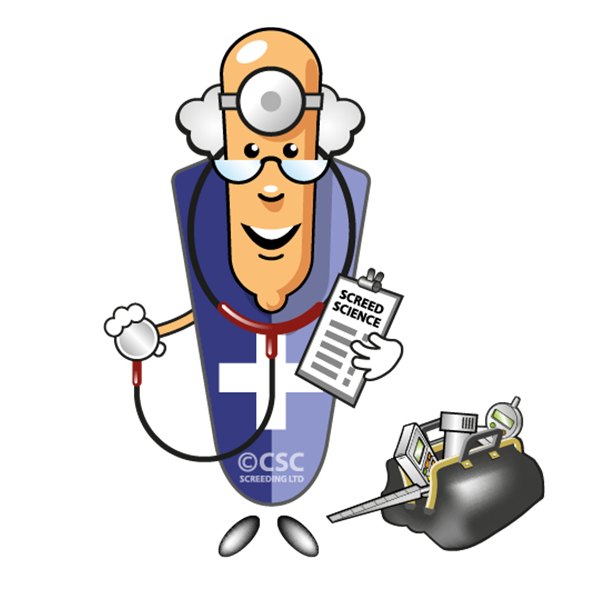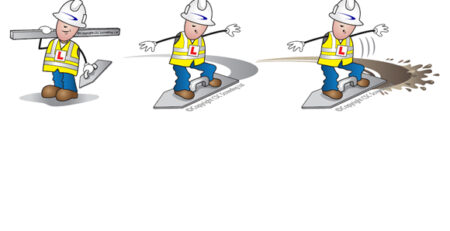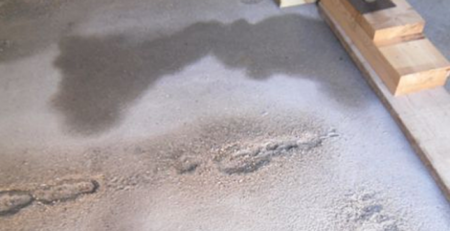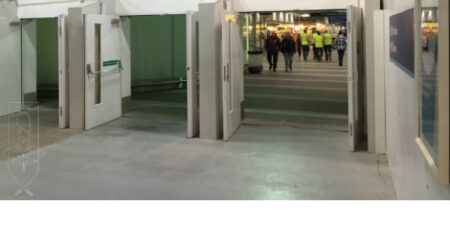Surface Regularity Test
Surface regularity (flatness) of a screed is one of the factors that determine the serviceability of a floor. Flaws in surface regularity can be the cause of trip hazards, increased wear, aesthetic issues and excessive sway of wheeled traffic, and can also make it difficult to install any equipment.
Though it is practically impossible to achieve a screed that is perfectly flat, deviations can be kept to reasonable limits according to the intended use of the floor.
British standards specify the maximum permissible deviation for different applications, and this can be measured as the deviation from a straight-edge laid level on the screed surface.
When is it done?
You should check the regularity of the screed as soon as possible after installation, ideally along with the departure from datum survey. This gives you plenty of early opportunity for corrections, if necessary.

How is it done?
For normal accuracy floors, you can measure the regularity of a surface by placing a two-metre straight-edge flat on the screed surface and letting it rest under its own weight. You then need to measure the deviation of the screed from the underside of the straight-edge using a slip gauge or other accurate measuring device.
| Surface Regularity Classification | Maximum Permissible Deviation | Standard |
| SR1 | 3 mm | High |
| SR2 | 5 mm | Normal |
| SR3 | 10 mm | Utility |
The Screed Scientist has an Apprentice!
If you have joined our gang on the Screed Scientist website to learn a thing...
Screed Protection Considerations
Protection to levelling floor screeds should be carried out as soon as possible after installation....
Wearing (Granolithic) Screed, what is it and where best to use it.
Wearing screeds, widely known by the former name of granolithic screeds, are high-density toppings suitable...




